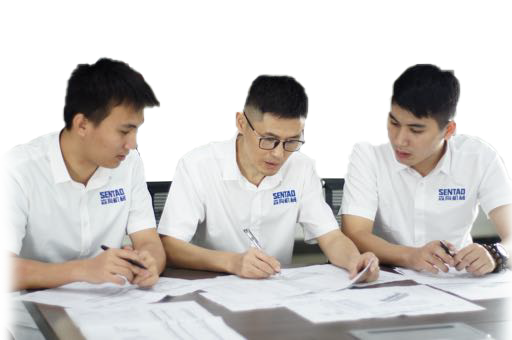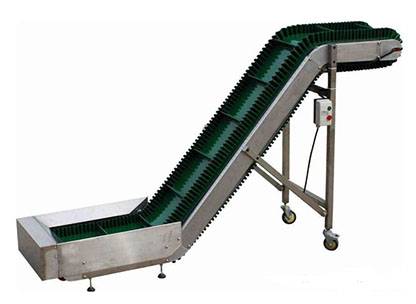Need Help?
We are here to help.
Our sales professionals can assist you in determining the type of components and solutions needed for your custom application.



Belt conveyor, also known as belt conveyor or tape conveyor, is an indispensable economic logistics conveyor equipment for the formation of rhythmic assembly line. Widely used in home appliances, electronics, electrical appliances, machinery, tobacco, injection molding, post and telecommunications, printing, food and other industries, assembly, testing, debugging, packaging and transportation of objects. Wire body transportation can be selected according to process requirements: ordinary continuous operation, beat operation, variable speed operation and other control modes; Line body selection according to local conditions: straight lines, curves, slopes and other linear forms
Belt conveyor according to its conveying capacity can be divided into heavy belt conveyor such as mining belt conveyor, light belt conveyor such as used in electronic plastics, food light industry, chemical and pharmaceutical and other industries. The belt conveyor has strong conveying capacity, long conveying distance, simple structure and easy maintenance, and can easily implement programmed control and automatic operation. The continuous or intermittent movement of the conveyor belt is used to transport items under 100KG or powdery and granular items, which run high speed, smooth, low noise, and can be transported up and downhill.
Belt conveyors can be divided into heavy belt conveyors and light belt conveyors according to their applications. According to the structural form, it can be divided into: groove belt conveyor and flat belt conveyor.
A belt conveyor is a frictional drive to transport materials in a continuous manner. It is mainly composed of frame, conveyor belt, roller, roller, tensioning device, transmission device, etc. It can form a material conveying process from the initial feeding point to the final discharge point on a certain conveyor line. It can convey both fragmented materials and finished items. In addition to pure material transportation, it can also be coordinated with the requirements of the process in the production process of various industrial enterprises to form a rhythmic assembly line of transportation.
It can be used for horizontal transportation or inclined transportation, which is very convenient to use and is widely used in modern industrial enterprises, such as: mine underground roadways, mine surface transportation systems, open pit mines and concentrators. According to the requirements of the conveying process, it can be transported by a single unit, or it can be composed of multiple sets or composed of horizontal or inclined conveyor systems with other conveying equipment to meet the needs of different layout forms of work lines. Belt conveyor is widely used in metallurgy, coal, transportation, hydropower, chemical, materials, electricity, light industry, grain, ports, ships and other departments, because it has the advantages of large transportation volume, simple structure, convenient maintenance, low cost, strong versatility and so on.
The belt conveyor is mainly composed of two end rollers and a closed conveyor belt on which the sleeve is tightened. The drum that drives the conveyor belt to rotate is called the drive roller (transmission roller); Another roller that only changes the direction of the belt is called a reversed roller. The drive drum is driven by an electric motor through a reducer, and the conveyor belt is dragged by the friction between the drive drum and the conveyor belt. The drive drum is generally installed at the discharge end to increase the traction force and facilitate dragging. The material is fed in by the feeding end, falls on the rotating conveyor belt, and relies on the friction of the conveyor belt to drive the transport to the unloading end for unloading.
Our sales professionals can assist you in determining the type of components and solutions needed for your custom application.

Workshop 1,No.6,Liwei Industrial Zone, Shangbai Avenue,Luocun,Shishan Town,Nanhai,Foshan City,Guangdong,China
Mon — Sat: 8AM — 6PM